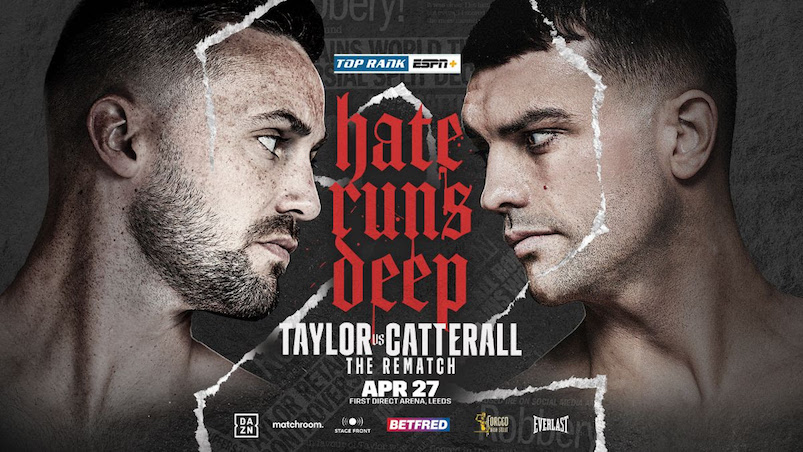Most mock drafts predicted Nassir Little to go in the lottery, so when he remained on the board for the Portland Trail Blazers’ pick at No. 25, Neil Olshey simply selected the best player available.
A trying season at UNC progressively hurt Little’s draft stock, which was remarkably high before his brief college stint. He won MVP at both the McDonald’s All-American Game and Jordan Brand Classic and finished his high school career as a state champion, but under Roy Williams, Little couldn’t make the starting lineup and only played 18.2 minutes per game.
Despite the limited playing time, the newest Blazers rookie still demonstrated the strengths and weaknesses of his game on each end of the floor.
Offense
Little did not serve as a floor spacer for the Tar Heels; he attempted nearly half of his shots at the rim. According to Hoop-Math.com, he converted 68.3% of those shots, far and away his best area on the floor. Little created half of the in-close looks for himself. An explosive first step coupled with long strides helped him get by defenders and into the paint quickly. His 224-pound frame then absorbed contact and helped the forward finish in traffic.
When Little’s athleticism wasn’t enough to leave a defender behind, he struggled to penetrate. He failed to display a variety of dribble moves and didn’t have the requisite court vision to find open teammates once help defense arrived.
Outside of the paint, Little’s offense became inefficient: he made a measly 34.7% of his two-pointers and 26.9% of his three-pointers. The midrange jumpers generally came off the dribble as an escape valve for a failed drive and were forced. The three-point looks needed plenty of time and space at a standstill for him to convert.
However, optimism exists for Little’s jump shot. Rumors have circled of his improvement since the college season ended, rumors supported by Trail Blazers sophomore Anfernee Simons. In an interview with Blazer’s Edge contributor Steve Dewald, Simons said, “His shooting has improved. I noticed that when we played—he shoots the ball really well now.”
Little’s best offense comes in transition. He scored 1.143 points per transition possession, which ranks in the 71st percentile. The scoring came dynamically: off a rebound, Little could dribble up the floor himself and make an appropriate pass or take it all the way to the hoop for a strong finish. He could also fill the passing lanes and cap off a fast break with a powerful dunk.
In the half court, Little found himself loitering in no man’s land a lot at UNC. He rarely set off-ball screens and wasn’t a catch-and-shoot option if the defense left the perimeter open.
Defense
Little’s defensive promise is a major reason mock drafts projected him as a lottery pick. At 6’6” with a 7’1” wingspan and 38.5-inch maximum vertical, he can defend NBA-level forwards’ height and length. His 224-pound frame can also challenge them in the post or when battling for rebounds.
Little’s overall athleticism hints at an ability to switch onto guards along the perimeter as well. However, he recorded a 3.1-second shuttle run and 12.15-second lane agility time at the NBA DraftCombine. The lack of lateral quickness allowed guards to blow by him off the dribble.
Little held opponents to 0.545 points per isolation possession, though, which ranks in the 82ndpercentile. He possesses the athleticism and instincts of a switchable wing defender but has room to improve, namely in his lateral agility.
When not defending the ball, the freshman forward struggled to make the right decisions; he is a single-minded defensive player. Sometimes he got caught ball watching and his matchup slipped backdoor for an uncontested layup. Other times he missed a rotation from focusing too much on his matchup, or he helped too far on a rotation and sacrificed the perimeter to a capable shooter.
Little can get away with sagging off shooters a little more than most other players thanks to his quick first step and long wingspan.
Fit with Blazers
Little adds to a list of Blazers forwards unable to consistently knock down outside looks. This inability for the team’s forwards to space the floor cripples the offense in the playoffs; Aminu essentially became unplayable versus the Golden State Warriors in the Western Conference Finals.
The new rookie obviously has time to develop his outside shot before earning serious minutes. His 77% free throw shooting, fluid form and recently rumored shooting improvements signal a step in the right direction.
Little will thrive in lineups with reliable perimeter shooters, lineups with Meyers Leonard at center, for example. Their threat along the arc frees the paint and allows Little to blow by his defender and finish at the rim.
His best offense comes in transition, which is unfortunate for Portland. The team ranked 29th in transition points per game (13.6) and only scored 1.08 points per possession. Perhaps a bench unit consisting of Simons, Zach Collins and Gary Trent Jr. in the future will create more transition opportunities for Little to capitalize on.
Little’s defensive versatility will be put to good use by Portland’s coaching staff. They’ve had Aminu and Moe Harkless to work with the past few years, both of who can guard positions 1-4. The coaches will help him learn correct rotations and eliminate his narrow-mindedness on defense.
The rookie’s playing time hinges on Portland’s free agency. Both Al-Farouq Aminu and Rodney Hoodare free agents; losing one or both of them vacates minutes at the forward spot. Even if minutes become available next season, don’t expect Little to immediately contribute. Like Simons and Trent Jr., he was drafted as a project.
And don’t forget, he’s only 19 years old!



